Ancient City Of Hippos-Sussita And The Mysterious Disc-Shaped Copper Plates
Ellen Lloyd - AncientPages.com - Here is a little ancient mystery for you to solve.
Some years ago, archaeologists unearthed four mysterious ancient copper plates close to a necropolis of the ancient city of Hippos-Sussita, located at the top of a diamond-shaped mountain 1,000 feet above the eastern shore of the Sea of Galilee.
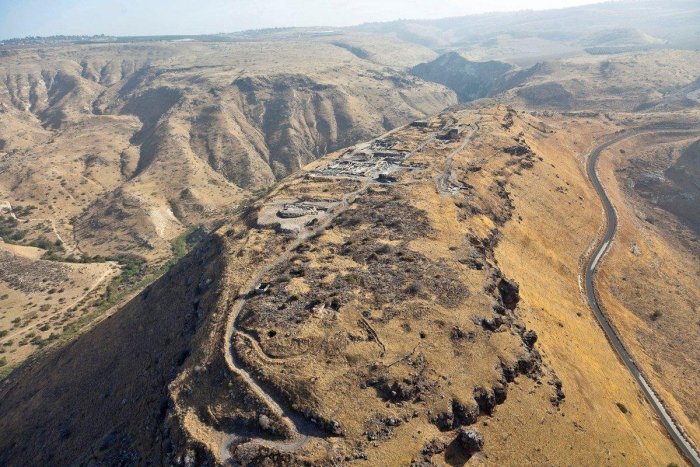
The excavated remains of Hippos, an aerial view. Credits: Michael Eisenberg/Hippos Excavation Project
Many theories have been presented, but we still don’t know the purpose of the copper plates. What were they used for? Some have suggested they were ancient musical instruments. Others say they were ancient shields used in battles.
The four copper plates still baffle archaeologists and the age of the artifacts remains unknown.
The Ancient City Of Hippos-Sussita
The ancient city was established in 200 B.C. it was fist called Sussita and later Hippos. Both the Greek name Hippos and the Aramaic name Sussita both mean “horse.” Hippos- Sussita was first inhabited by people who worshipped Greek gods, later came the Jews and finally, it became a Christian city with eight magnificent churches.
It seems Hippos-Sussita was never meant to exist because nature put an end and to the city’s prosperity.
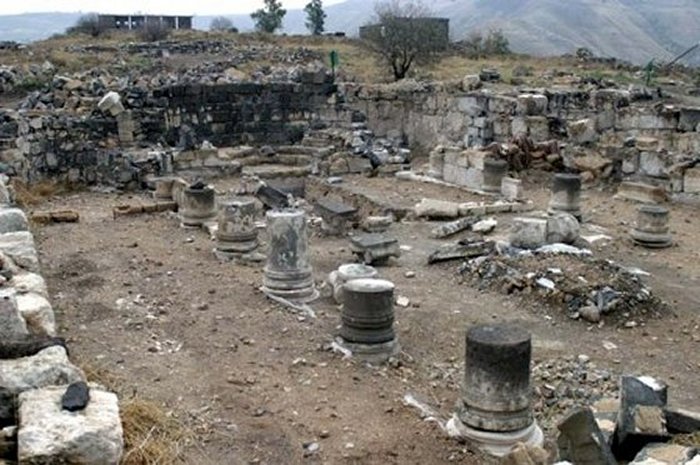
There is not much left of the ancient city of Hippos-Sussita. Image credit: Michael Eisenberg/Hippos Excavation Project
On January 18, 749 C.E., a powerful earthquake destroyed the ancient city. All churches and other buildings were ruined and Hippos-Sussita was never inhabited again after that catastrophe.
In 2000, a major modern archaeological excavation was begun and continues to this day. During this time, archaeologists have unearthed many valuable artifacts that shed light on the past of Hippos-Sussita.
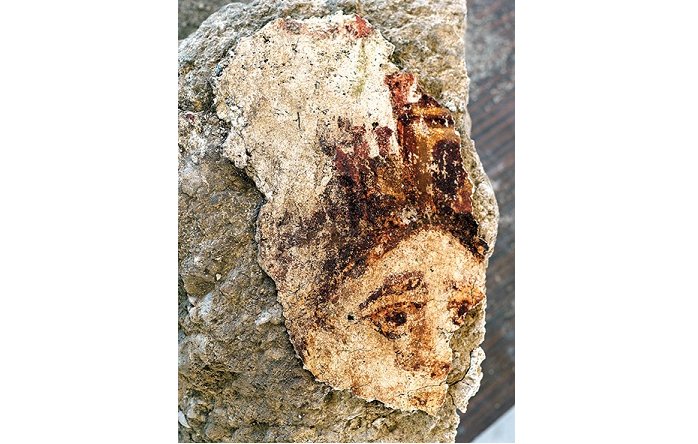
A fresco of the Greek goddess Tyche was preserved in a peristyle home in the Decapolis city of Hippos-Sussita. Photo: Hippos-Sussita Excavations Project.
In an article called “ Archaeological High Horse” in the November/December 2014 issue of Biblical Archaeology Review it was reported that scientists discovered remarkable ancient columns, a Hellenistic sanctuary, a forum, a small theater, a number of churches, numerous other structures and a standard main street known as the decumanus maximus.
Ancient Disc-Shaped Copper Plates Still Baffle Archaeologists
In 2013, archaeologists discovered four disk-shaped copper plates in the Hippos necropolis. According to the project leader, Dr. Michael Eisenberg of the Zinman Institute of Archaeology at the University of Haifa, Israel, all four copper plates were found very near to robbed and open graves. The plates were found during a metal detector survey. The artifacts were first ignored because they looked so modern. It was only later that scientists became interested in these curious objects.
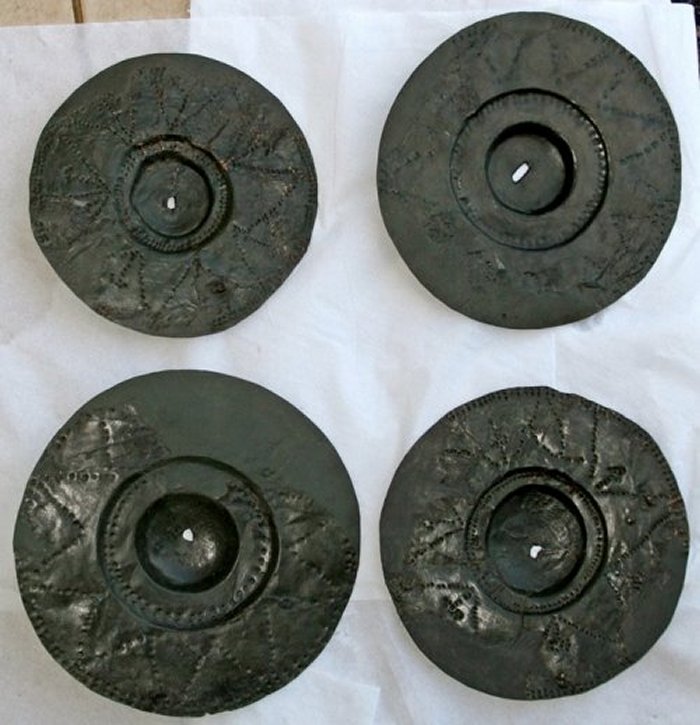
The four plates, showing the "inner" sides with decorative incisions and apparent nail marks. Courtesy Michael Eisenberg and the Hippos Excavation Project
The disk-shaped plates, approximately 20 cm in diameter feature what appear to be incisions in a decorative pattern on what has been interpreted as their inner sides, with clear marks of nails and a hole in the middle of each.
According to Dr. Eisenberg, the necropolis is probably dated to the broad Hellenistic-Byzantine time range, as does the nearby Hippos-Sussita polis, which has been extensively excavated.
However, the plates were found outside of graves, not inside, so it is difficult to determine the provenance as they could not be associated with surrounding artifacts and human remains within the internments.
"The plates seemed to have been thrown out of the graves by ancient robbers," says Dr. Eisenberg, who suspects that the relics were first exposed as a result of looting.
What were the ancient copper plates used for?
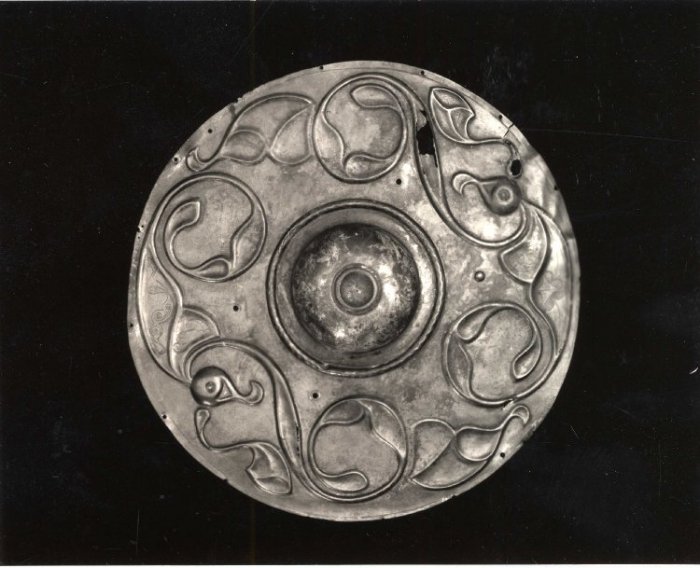
The Wandsworth Shield - Image credit: British Museum
The plates remind of military bronze shields used by for example Etruscans. The Wandsworth Shield is a circular bronze Iron Age shield boss discovered in the River Thames at Wandsworth in London around 1849 is also similar to copper plates found at Hippos-Sussita.
Then again, perhaps the disk-shaped copper plates might have been produced for another reason we have not been able to figure out.
Written By - Ellen Lloyd AncientPages.com
Copyright © AncientPages.com All rights reserved. This material may not be published, broadcast, rewritten or redistributed in whole or part without the express written permission of AncientPages.com
Expand for referencesMore From Ancient Pages
-
 Excavations of the Aşıklı Mound, Cappadocia , Turkey
Civilizations | Aug 22, 2015
Excavations of the Aşıklı Mound, Cappadocia , Turkey
Civilizations | Aug 22, 2015 -
 On This Day In History: Mysterious Death Of White Queen Anne Neville – On Mar 16, 1485
News | Mar 16, 2017
On This Day In History: Mysterious Death Of White Queen Anne Neville – On Mar 16, 1485
News | Mar 16, 2017 -
 Waru Waru – Ancient Andean Irrigation System Brought Back To Life
Ancient History Facts | Apr 28, 2018
Waru Waru – Ancient Andean Irrigation System Brought Back To Life
Ancient History Facts | Apr 28, 2018 -
 Makhunik – 5,000-Year-Old City Of Dwarfs Who Hoped To Return One Day
Civilizations | May 28, 2014
Makhunik – 5,000-Year-Old City Of Dwarfs Who Hoped To Return One Day
Civilizations | May 28, 2014 -
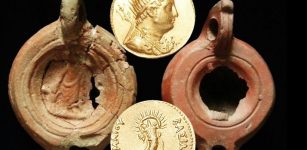 Greco-Roman Bath Complex, Coin Depicting King Ptolemy III And Other Artifacts Found In Egypt’s Gharbia Province
Archaeology | May 26, 2018
Greco-Roman Bath Complex, Coin Depicting King Ptolemy III And Other Artifacts Found In Egypt’s Gharbia Province
Archaeology | May 26, 2018 -
 Rene Descartes – Independent French Thinker And His Main Ideas
Featured Stories | Apr 27, 2021
Rene Descartes – Independent French Thinker And His Main Ideas
Featured Stories | Apr 27, 2021 -
 Kahina – The Prophetic Berber Queen Who Resisted The Muslim Invasions Of The Numidia Kingdom
Featured Stories | Aug 14, 2021
Kahina – The Prophetic Berber Queen Who Resisted The Muslim Invasions Of The Numidia Kingdom
Featured Stories | Aug 14, 2021 -
 Home Of The Gods – Ancient Cities, Underground Worlds, Incredible Technology And Date Of Departure – Part 2
Ancient Mysteries | Jun 13, 2018
Home Of The Gods – Ancient Cities, Underground Worlds, Incredible Technology And Date Of Departure – Part 2
Ancient Mysteries | Jun 13, 2018 -
 New Discovery: Unknown Use Of Yellow Colors In Ancient Egypt – Revealed
Archaeology | Oct 16, 2019
New Discovery: Unknown Use Of Yellow Colors In Ancient Egypt – Revealed
Archaeology | Oct 16, 2019 -
 First Crusade Was Launched In 1095
Ancient History Facts | Jun 19, 2018
First Crusade Was Launched In 1095
Ancient History Facts | Jun 19, 2018 -
 Study: Paleo-Americans Hunted Mastodons, Mammoths And Other Megafauna In Eastern North America 13,000 Years Ago
Archaeology | Jun 15, 2023
Study: Paleo-Americans Hunted Mastodons, Mammoths And Other Megafauna In Eastern North America 13,000 Years Ago
Archaeology | Jun 15, 2023 -
 Norse Goddess Sif Who Lost Her Golden Hair Due To Loki’s Evil Deed
Featured Stories | Jun 30, 2018
Norse Goddess Sif Who Lost Her Golden Hair Due To Loki’s Evil Deed
Featured Stories | Jun 30, 2018 -
 Simon Magus ‘The Magician’ Who Faked Death And Resurrection
Featured Stories | Feb 17, 2022
Simon Magus ‘The Magician’ Who Faked Death And Resurrection
Featured Stories | Feb 17, 2022 -
 Mystery Of Vitrified Scottish Fort Dun Deardail And Ancient Myth Deirdre Of The Sorrows: Is There A Prehistoric Connection?
Civilizations | Feb 5, 2021
Mystery Of Vitrified Scottish Fort Dun Deardail And Ancient Myth Deirdre Of The Sorrows: Is There A Prehistoric Connection?
Civilizations | Feb 5, 2021 -
 What Really Happened To Library Of Alexandria Remains A Mystery
Featured Stories | Dec 3, 2020
What Really Happened To Library Of Alexandria Remains A Mystery
Featured Stories | Dec 3, 2020 -
 Vikings Filed Their Teeth For Unknown Reasons
Featured Stories | Mar 2, 2016
Vikings Filed Their Teeth For Unknown Reasons
Featured Stories | Mar 2, 2016 -
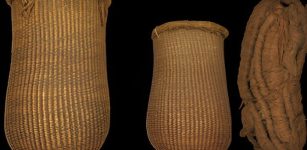 9,500-Year-Old Baskets And 6,200-Year-Old Sandals Found In Spanish Cave
Archaeology | Sep 28, 2023
9,500-Year-Old Baskets And 6,200-Year-Old Sandals Found In Spanish Cave
Archaeology | Sep 28, 2023 -
 How The Hyksos Invasion Of Ancient Egypt Changed History
Civilizations | Oct 26, 2016
How The Hyksos Invasion Of Ancient Egypt Changed History
Civilizations | Oct 26, 2016 -
 Aboriginal Art And Knowledge Unlocks Mystery Of Fairy Circles
Archaeology | Apr 5, 2023
Aboriginal Art And Knowledge Unlocks Mystery Of Fairy Circles
Archaeology | Apr 5, 2023 -
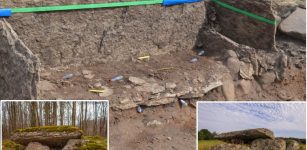 Mystery Of The Unique Tiarp Dolmen – One Of Oldest The Stone Burial Chambers In Scandinavia
Archaeology | Jan 30, 2024
Mystery Of The Unique Tiarp Dolmen – One Of Oldest The Stone Burial Chambers In Scandinavia
Archaeology | Jan 30, 2024
